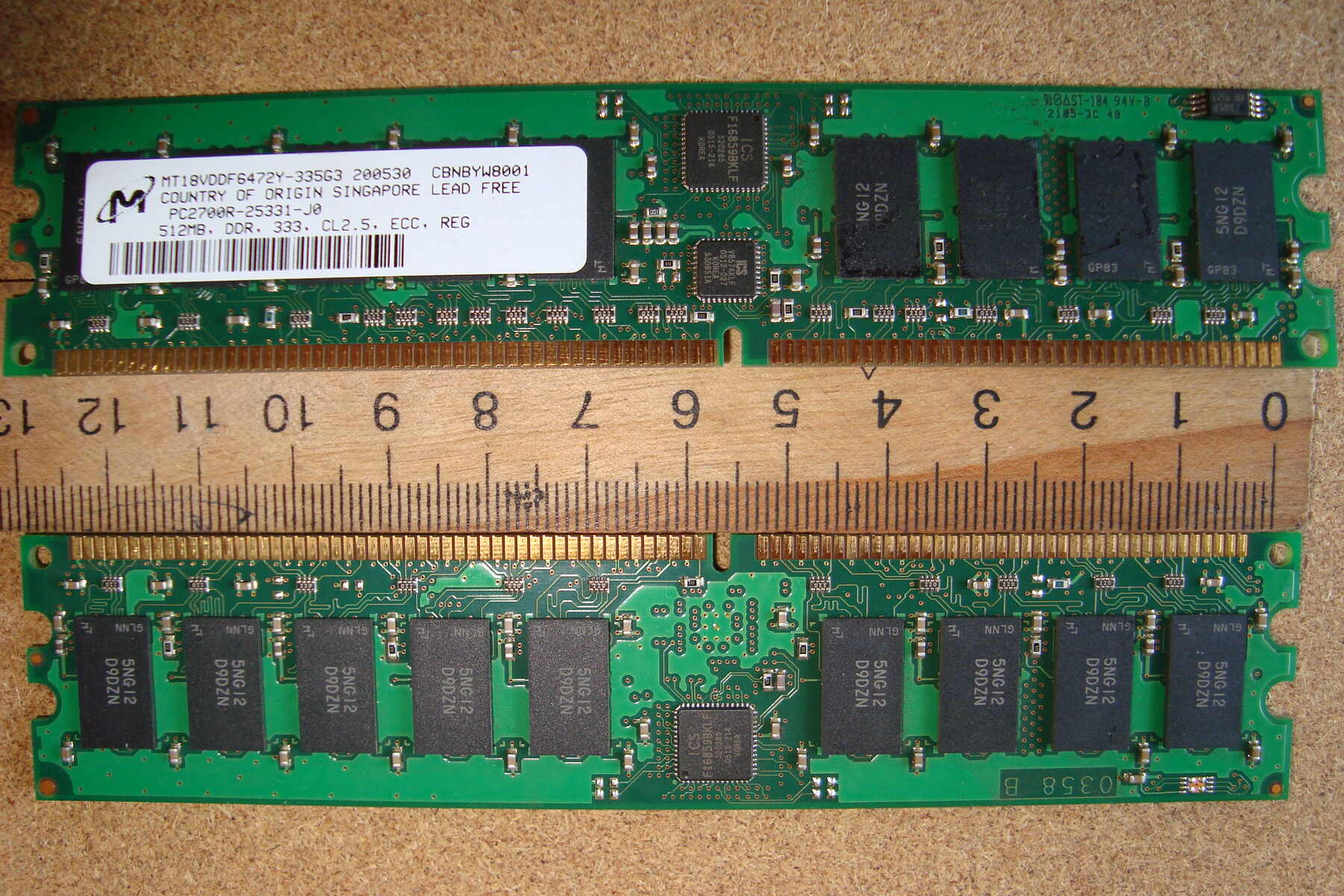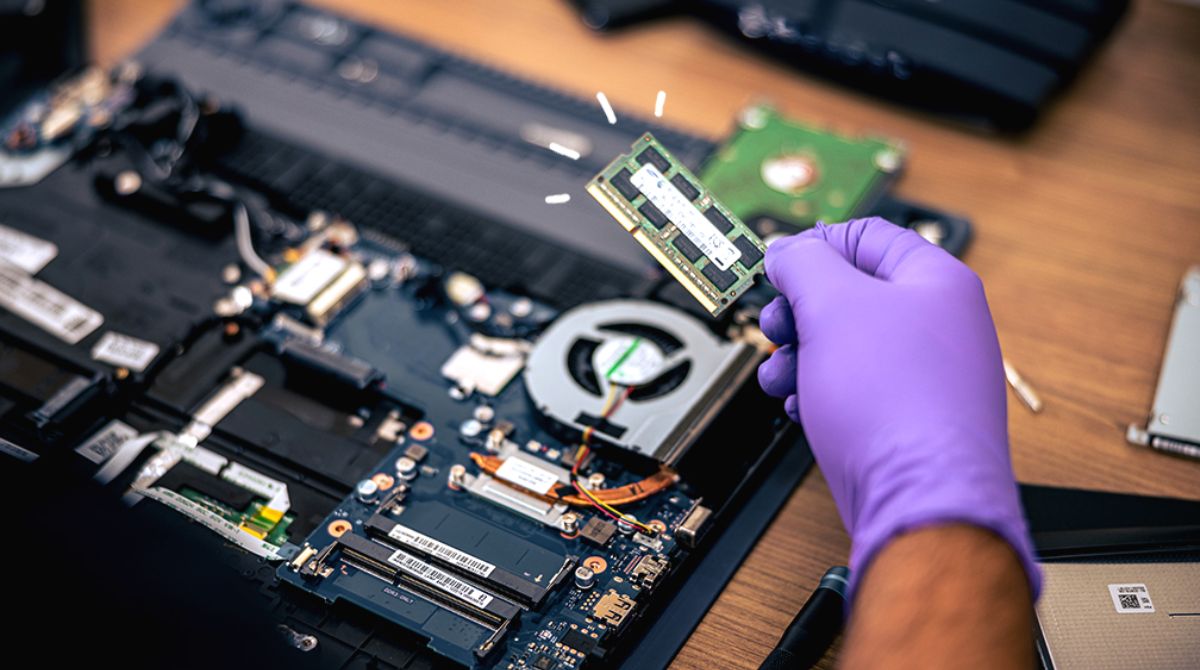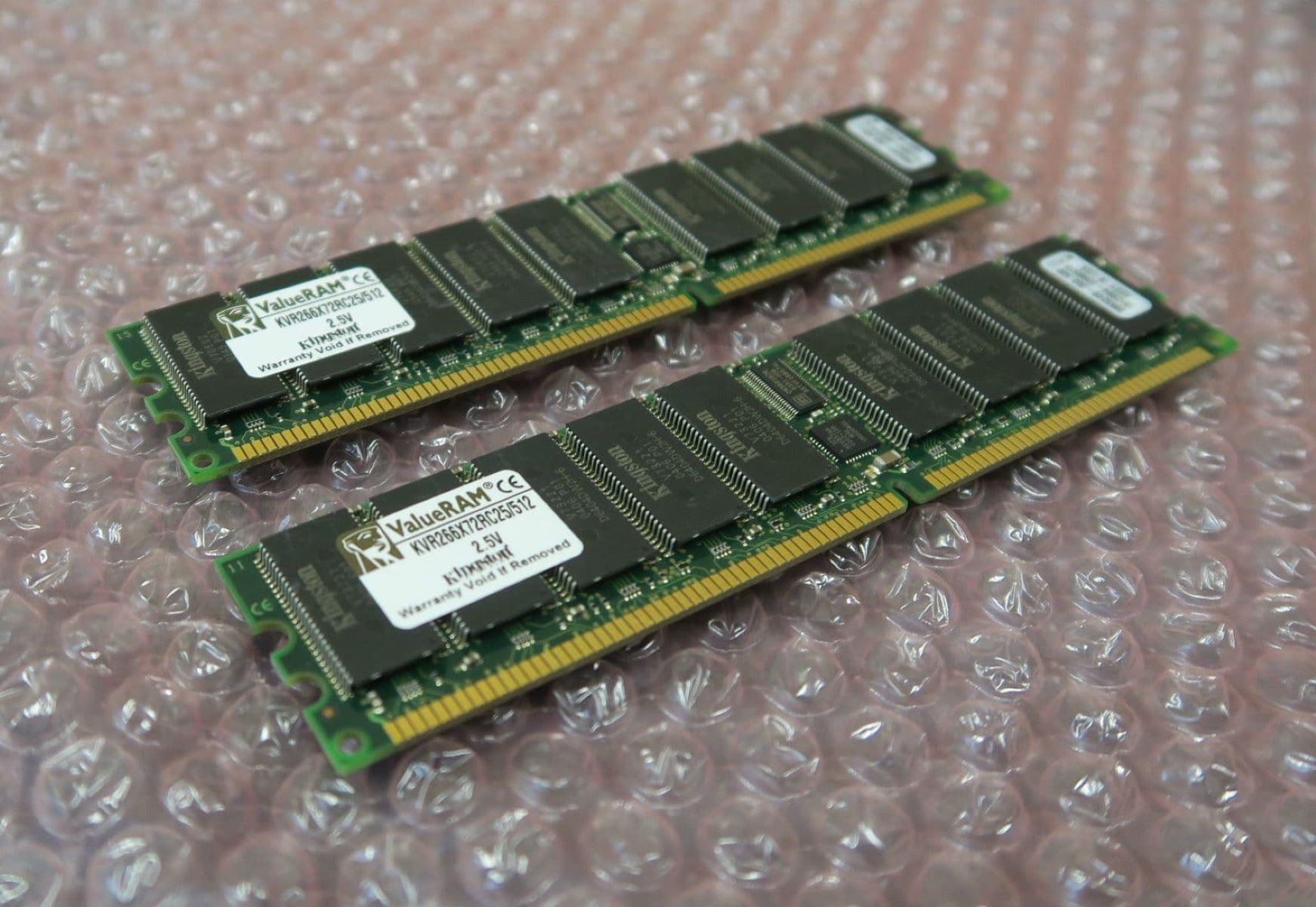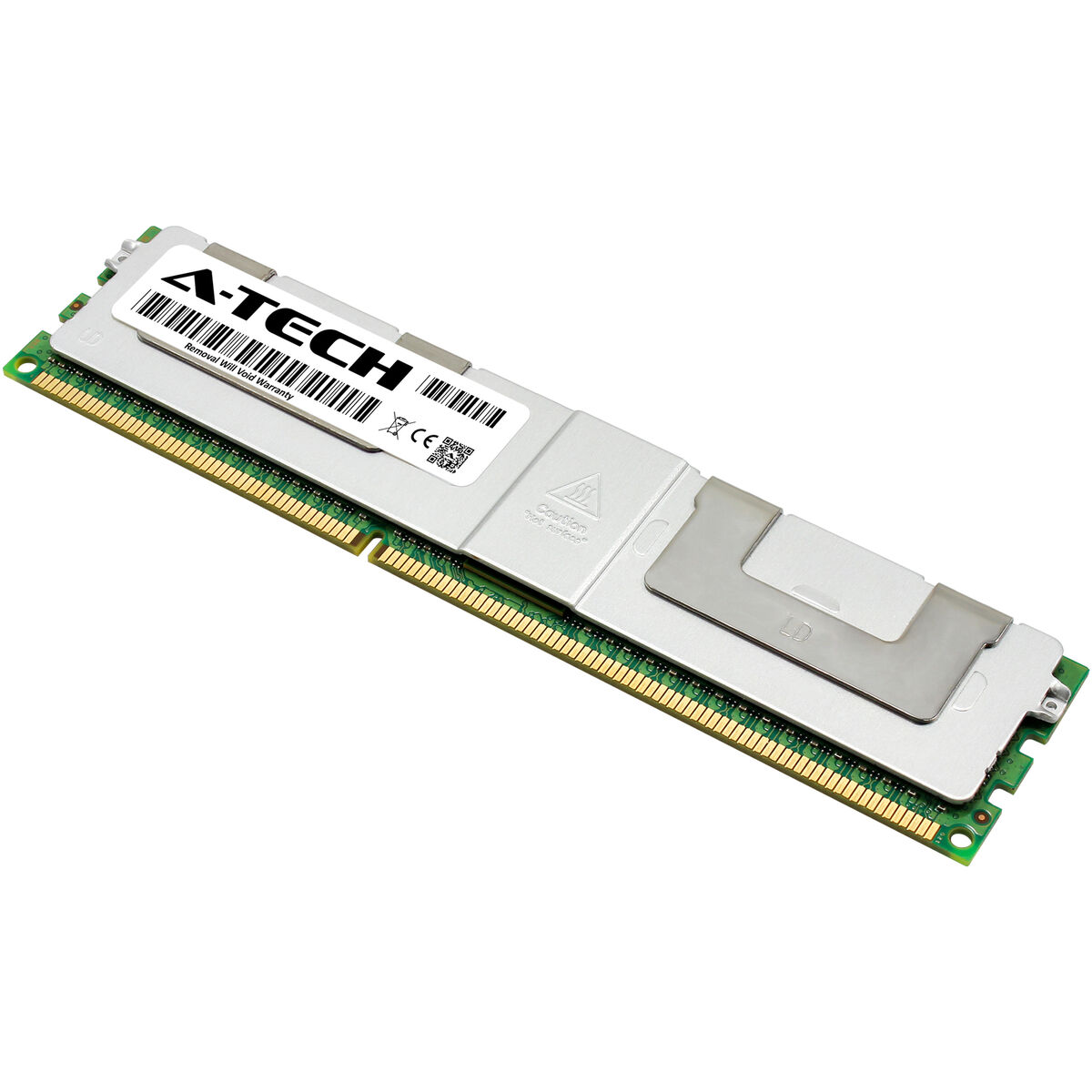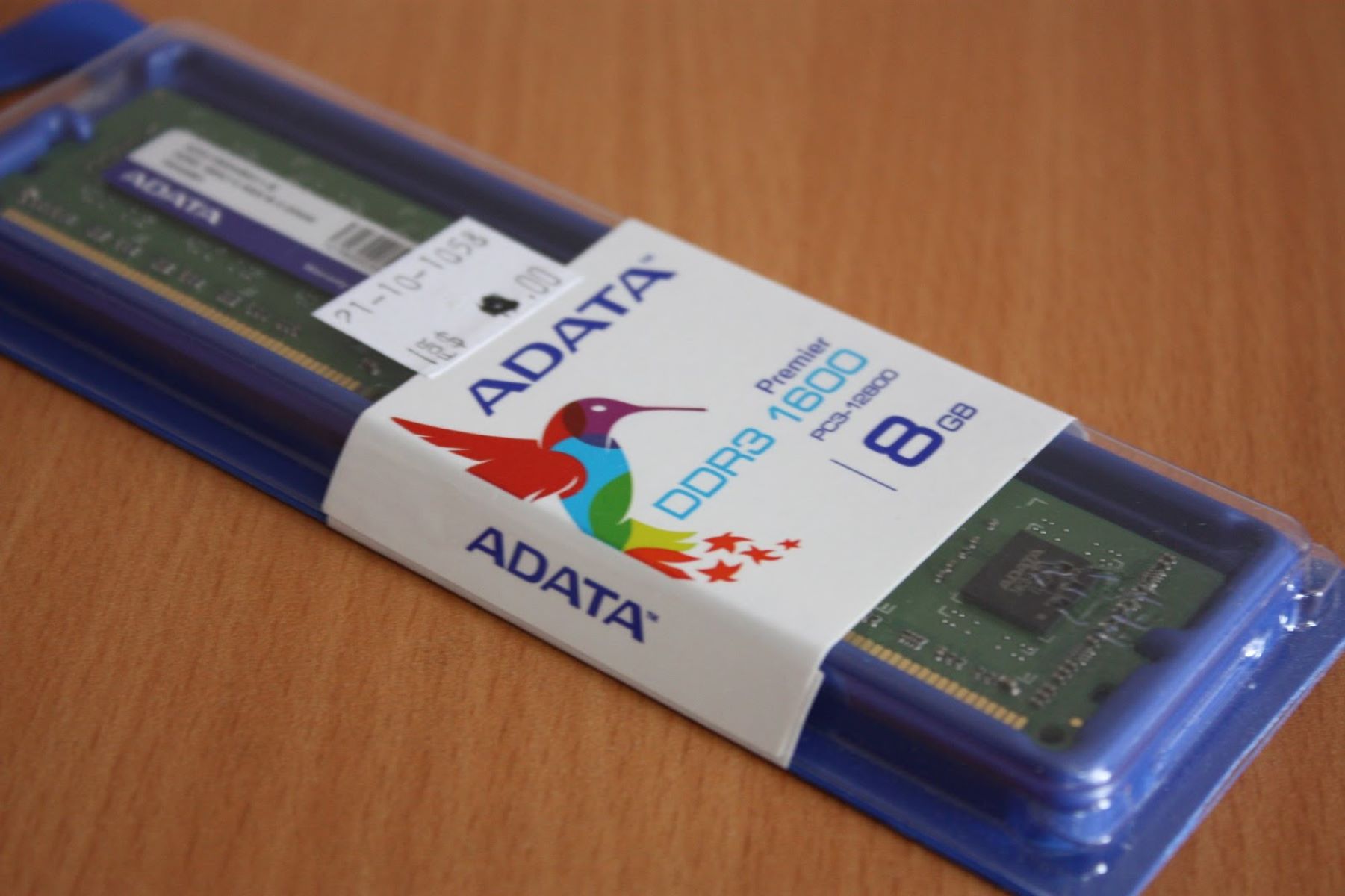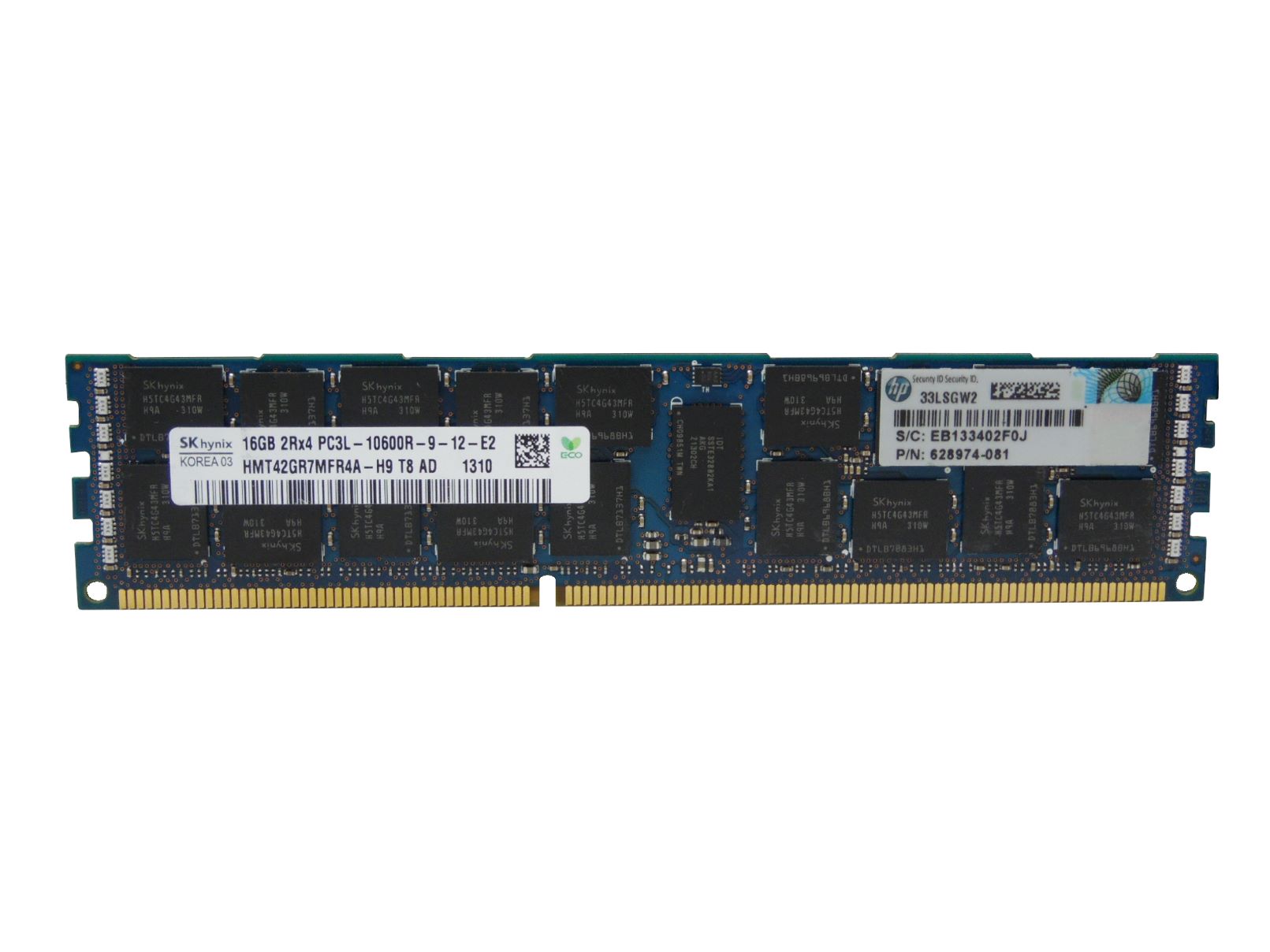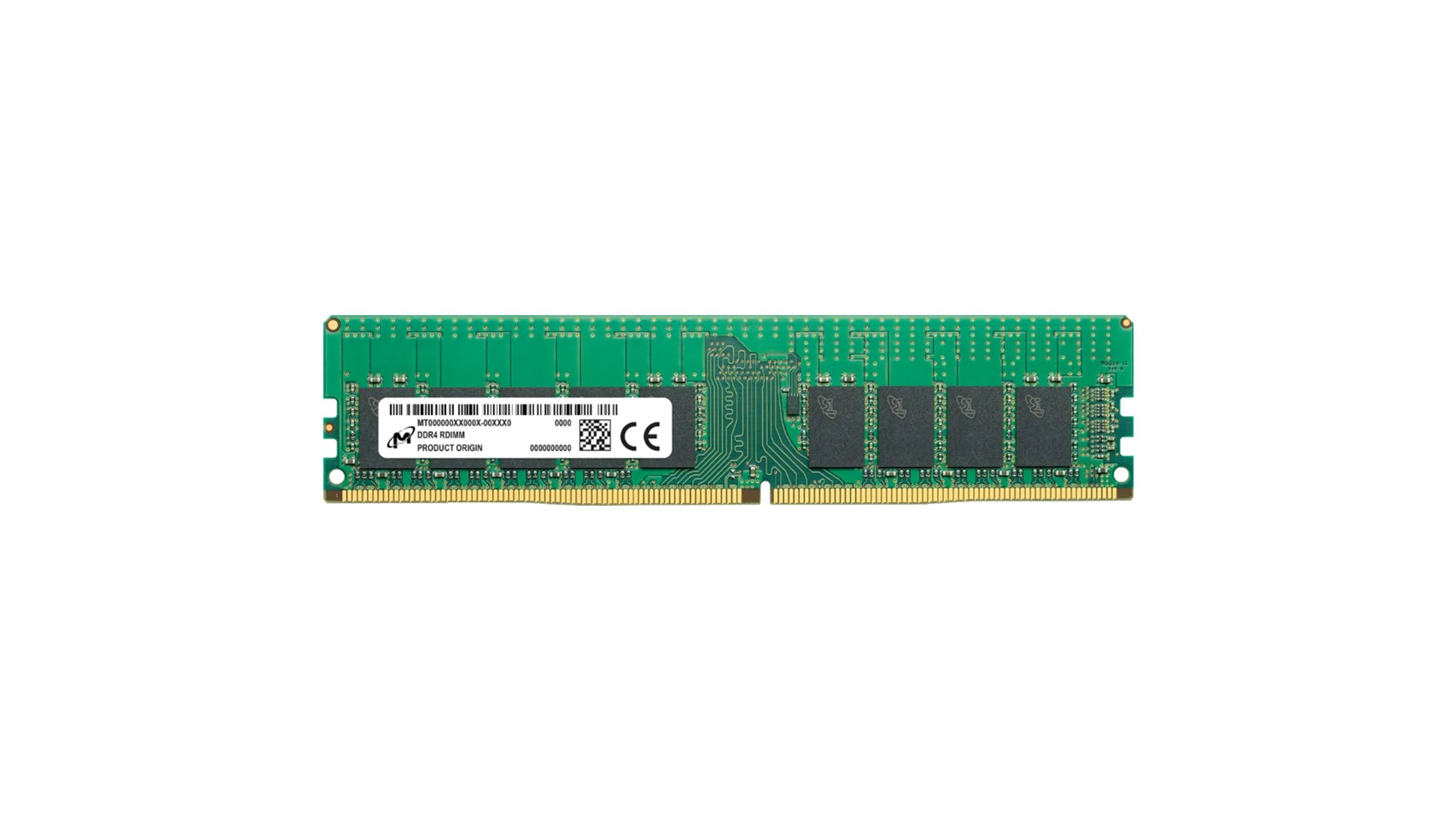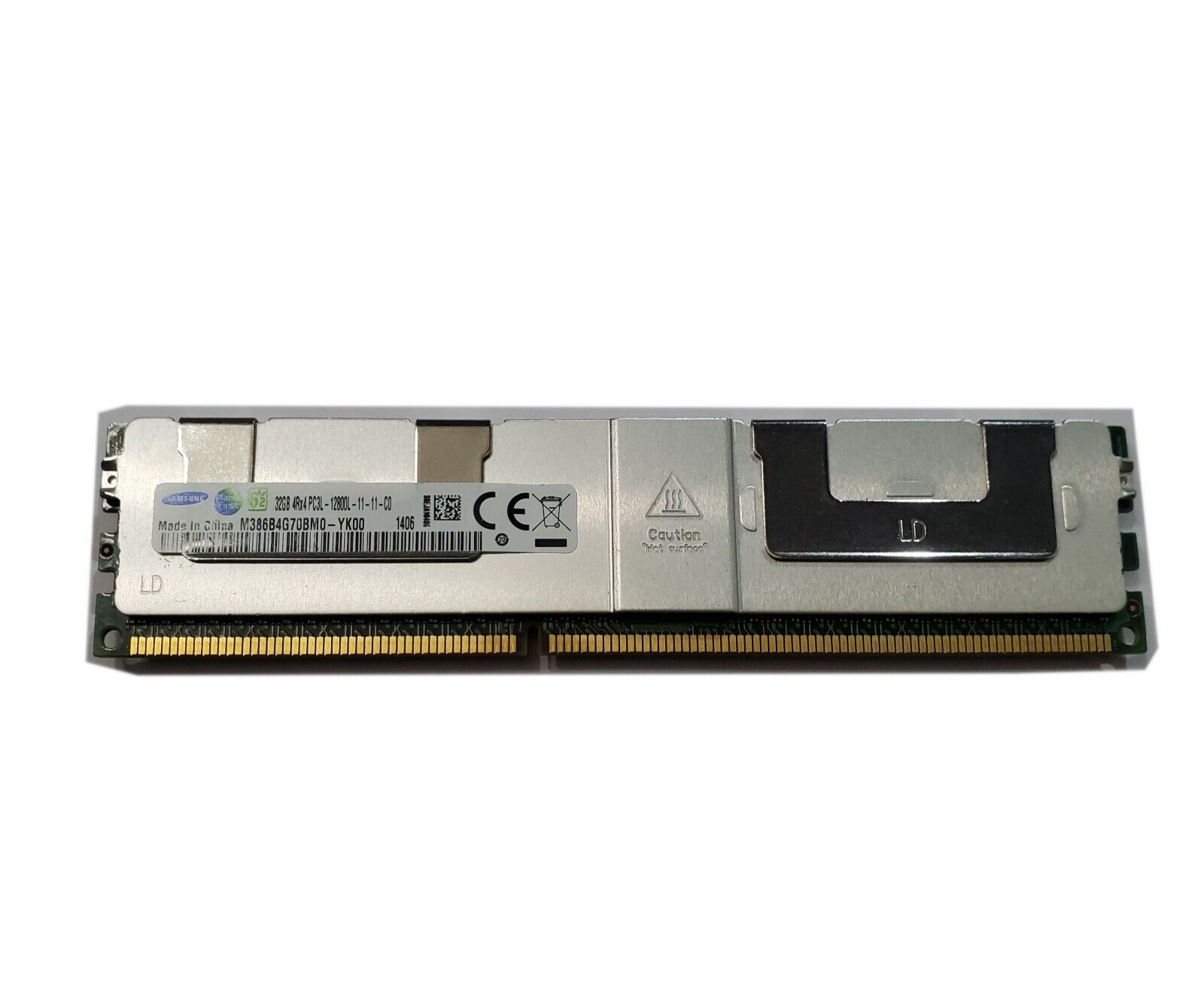Introduction
Welcome to the world of computer memory! If you have recently been exploring the different options available for RAM (Random Access Memory) modules, you may have come across the term “Non-ECC Unbuffered RAM.” RAM plays a crucial role in the performance of your computer, allowing for quick data access and faster processing speeds. But what exactly is Non-ECC Unbuffered RAM, and how does it differ from other types of memory?
Non-ECC Unbuffered RAM, also known as non-parity or standard RAM, is a type of memory module commonly used in personal computers, laptops, and workstations. It is the most common type of RAM available in the consumer market. Unlike ECC (Error-Correcting Code) RAM, which we will discuss later, Non-ECC Unbuffered RAM does not have error correction capabilities.
The main function of Non-ECC Unbuffered RAM is to store and provide quick access to data that the computer processor needs to perform various operations, such as running applications, multitasking, and executing commands. When you open multiple programs or perform memory-intensive tasks, the amount and speed of your RAM can significantly impact the performance and responsiveness of your computer.
Non-ECC Unbuffered RAM is straightforward to install and affordable, making it the go-to choice for most computer builders and gamers. However, it is essential to understand its characteristics, benefits, and limitations to determine if it is the right fit for your computing needs.
In this article, we will dive deeper into Non-ECC Unbuffered RAM, uncover how it works, discuss its advantages and disadvantages, and help you decide if it is the appropriate choice for your system. So, buckle up and let’s explore the world of Non-ECC Unbuffered RAM!
What is Non-ECC Unbuffered RAM?
Non-ECC Unbuffered RAM, as mentioned earlier, is a type of memory module commonly used in personal computers, laptops, and workstations. It is known for its simplicity, affordability, and wide availability. But what exactly sets it apart from other types of RAM?
Non-ECC stands for “non-error correcting code,” which means that this type of RAM does not have built-in error detection and correction capabilities. In other words, if errors occur during data transmission or storage, Non-ECC Unbuffered RAM does not have the ability to automatically detect and fix them.
On the other hand, the term “unbuffered” refers to the fact that this type of RAM does not utilize buffer chips, which are small temporary storage areas used to smooth out data flow between the processor and the RAM modules. Unbuffered RAM provides a direct connection between the processor and the memory chips, resulting in slightly lower latency but with no additional buffering of data.
The absence of error correction features and buffer chips in Non-ECC Unbuffered RAM offers certain advantages, such as lower cost and less complexity. These modules are generally more affordable compared to other types of RAM, making them an attractive option for budget-conscious individuals and those who simply don’t require the error correction capabilities.
Non-ECC Unbuffered RAM modules typically come in the form of DDR3 or DDR4 modules, each with its own specific characteristics and compatibility requirements. It is essential to ensure that your motherboard supports the specific type and speed of Non-ECC Unbuffered RAM you plan to install to avoid any compatibility issues.
While Non-ECC Unbuffered RAM may not provide the same level of data reliability and error correction as ECC RAM, it is still a reliable option for most consumer applications. The majority of computer users, including gamers, home users, and even small business owners, can benefit from the speed and affordability of Non-ECC Unbuffered RAM.
Now that we have a basic understanding of what Non-ECC Unbuffered RAM is, let’s delve into how it works and the benefits it offers.
How does Non-ECC Unbuffered RAM work?
To understand how Non-ECC Unbuffered RAM works, let’s first take a look at the basic structure of a RAM module. Each RAM module consists of multiple memory chips or integrated circuits that store data in the form of electrical charges. These chips are organized into rows and columns, forming a grid-like structure.
When your computer’s processor needs to access data, it sends a request to the RAM module. The memory controller, which is a part of the computer’s chipset or CPU, determines the location of the data and activates the appropriate memory chips within the RAM module. The requested data is then transferred in the form of electrical signals between the RAM and the processor.
Non-ECC Unbuffered RAM operates on a “read-write” mechanism, allowing data to be both retrieved from and written to the memory cells. When the processor needs to read data from a specific memory cell, it sends a signal to the RAM, which retrieves the stored electrical charges and converts them into usable data that the processor can work with.
Similarly, when new data needs to be written to the RAM, the processor sends a write command along with the data to the desired memory cell. The RAM module stores the data by adjusting the electrical charges in the appropriate memory cells.
The performance of Non-ECC Unbuffered RAM depends on various factors, such as the memory speed (measured in MHz), the memory capacity (measured in gigabytes), and the latency timings. The memory speed determines how quickly data can be accessed and transferred, while the capacity determines how much data can be stored at once. Latency timings refer to the time it takes for the RAM to respond to the processor’s request.
While Non-ECC Unbuffered RAM provides fast data access and retrieval, it does not have error correction capabilities. This means that if errors occur during data transmission or storage, the RAM cannot detect or correct them automatically. However, it is important to note that errors in RAM are relatively rare, and for most consumer applications, the lack of error correction is not a significant concern.
In the next section, we will explore the benefits that Non-ECC Unbuffered RAM brings to the table and why it may be a suitable option for your computing needs.
Benefits of Non-ECC Unbuffered RAM
Non-ECC Unbuffered RAM offers several advantages that make it a popular choice among computer users. Let’s take a look at some of the key benefits:
- Affordability: Non-ECC Unbuffered RAM is generally more affordable compared to ECC RAM or other specialized types of memory. This makes it an attractive option for budget-conscious individuals who still want to enhance their computer’s performance without breaking the bank.
- Compatibility: Non-ECC Unbuffered RAM is widely compatible with different motherboards and systems. As long as your motherboard supports the specific type and speed of Non-ECC RAM, you should have no trouble installing and using it.
- Simple Installation: Installing Non-ECC Unbuffered RAM is straightforward and does not require any additional configuration or complex setup. It is a plug-and-play solution, saving you time and effort.
- Fast Performance: Non-ECC Unbuffered RAM provides fast data access and retrieval, allowing for quicker loading times and smoother multitasking. It can significantly improve the overall performance and responsiveness of your computer, especially when running memory-intensive applications or tasks.
- Suitable for Consumer Applications: For the majority of consumer applications, such as gaming, web browsing, content creation, and everyday computing tasks, Non-ECC Unbuffered RAM offers more than enough performance and reliability. The absence of error correction capabilities is generally not a significant concern for these applications.
- Availability: Non-ECC Unbuffered RAM is widely available in the market, making it easy to find and purchase. You can choose from various reputable brands and different memory capacities to suit your needs.
It’s important to note that the benefits of Non-ECC Unbuffered RAM may vary based on your specific requirements and computing tasks. If you are a professional working with critical data or running mission-critical applications, ECC RAM or specialized memory modules may be more suitable to ensure data integrity and error detection. However, for most consumer users, Non-ECC Unbuffered RAM offers a cost-effective and reliable solution.
In the next section, we will discuss the drawbacks of Non-ECC Unbuffered RAM to provide a comprehensive understanding of its limitations.
Drawbacks of Non-ECC Unbuffered RAM
While Non-ECC Unbuffered RAM has its advantages, it is important to be aware of its limitations. Here are some drawbacks to consider:
- No Error Correction: The lack of error correction capabilities is the most significant drawback of Non-ECC Unbuffered RAM. Unlike ECC RAM, which can automatically detect and correct errors in data transmission or storage, Non-ECC Unbuffered RAM does not have this feature. This means that if errors occur, they will not be fixed, potentially leading to data corruption or system instability. However, it is important to note that memory errors are relatively rare in consumer applications.
- Less Reliable for Critical Data: If you work with critical data or run applications where data integrity is of utmost importance, such as financial transactions or scientific calculations, Non-ECC Unbuffered RAM may not be the ideal choice. ECC RAM or specialized memory with error correcting capabilities would be more suitable to ensure the accuracy and reliability of data.
- Not Suited for Server Environments: In server environments where uptime and stability are crucial, Non-ECC Unbuffered RAM may not be the best option. Servers typically require higher levels of reliability and error correction to prevent data corruption and maintain smooth operations.
- Limited Overclocking Potential: Non-ECC Unbuffered RAM may have limited overclocking potential compared to higher-end memory modules. Overclocking involves running the RAM at higher speeds than its rated specifications, which can enhance performance but also increase the risk of instability and errors.
- Lower Latency Buffers: Non-ECC Unbuffered RAM lacks the buffer chips found in buffered or registered RAM. These buffer chips help smooth out data flow between the processor and the memory modules, reducing latency and improving overall performance. Without these buffers, the latency of Non-ECC Unbuffered RAM can be slightly higher, although this difference may not be noticeable to most users.
It is crucial to carefully consider your specific computing needs before deciding on Non-ECC Unbuffered RAM. If you prioritize data integrity, error correction, or require a highly reliable system, considering ECC RAM or specialized memory options may be more appropriate.
Now that we have explored the drawbacks of Non-ECC Unbuffered RAM, let’s move on to the next section to determine if this type of RAM is suitable for your particular requirements.
Is Non-ECC Unbuffered RAM suitable for me?
Deciding whether Non-ECC Unbuffered RAM is suitable for your needs depends on various factors and considerations. Let’s take a look at some scenarios where Non-ECC Unbuffered RAM may be a good fit:
- Consumer Applications: Non-ECC Unbuffered RAM is well-suited for most consumer applications, including gaming, web browsing, content creation, and everyday computing tasks. It offers fast performance, affordability, and compatibility with a wide range of systems.
- Budget-Conscious Users: If you are on a limited budget and looking to enhance your computer’s performance without spending too much, Non-ECC Unbuffered RAM is an excellent choice. It provides a cost-effective solution without compromising on speed and responsiveness.
- Home and Small Business Users: For home users and small business owners who primarily use their computers for general tasks, such as web browsing, email, word processing, and multimedia consumption, Non-ECC Unbuffered RAM provides more than enough performance at an affordable price point.
- Entry-Level Gaming: If you are an entry-level or casual gamer, Non-ECC Unbuffered RAM can provide the necessary performance for most games. Pairing it with a capable graphics card and a decent CPU can result in smooth gameplay and enjoyable gaming experiences.
- Non-Critical Data Processing: If you work with non-critical data or applications that do not require stringent error correction or data integrity, Non-ECC Unbuffered RAM should suffice. It provides fast data access and retrieval, making it suitable for tasks like photo editing, video rendering, and general multitasking.
However, if any of the following scenarios apply to you, you may want to consider alternatives to Non-ECC Unbuffered RAM:
- Critical Data Handling: If you work with critical data or applications where data integrity is paramount, such as financial calculations or scientific simulations, ECC RAM or specialized memory with error correction capabilities would be a better choice.
- Server Environments: If you are setting up a server or running applications that require high levels of reliability and stability, Non-ECC Unbuffered RAM may not be suitable. Server-grade memory or ECC RAM is designed to handle such demanding environments.
- Advanced Overclocking: If you are an enthusiast or a power user looking to push your system to its limits through aggressive overclocking, you may want to explore higher-end memory options that offer better overclocking potential.
Ultimately, the decision to choose Non-ECC Unbuffered RAM depends on your specific requirements, budget, and computing goals. Evaluate your needs and consider the pros and cons discussed in this article to make an informed decision.
In the concluding section, we will summarize the key points discussed and offer a final perspective on Non-ECC Unbuffered RAM.
Conclusion
Non-ECC Unbuffered RAM serves as a reliable and affordable option for most consumer applications. Its simplicity, compatibility, and fast performance make it a popular choice among computer users. However, it’s important to consider its limitations and assess whether it aligns with your specific needs.
If you are a home user, small business owner, or casual gamer, Non-ECC Unbuffered RAM can provide the necessary performance boost without breaking the bank. It offers excellent compatibility with a wide range of systems and is easy to install.
While Non-ECC Unbuffered RAM lacks error correction capabilities, memory errors are relatively rare in consumer applications, making it a suitable choice for most users. However, professionals working with critical data or running applications requiring high levels of data integrity may want to consider ECC RAM or specialized memory modules.
Ultimately, the decision comes down to your specific computing needs and budget. If you prioritize affordability, fast performance, and compatibility, Non-ECC Unbuffered RAM is an ideal option. However, if data integrity, error correction, or server-grade reliability are critical for your work, exploring ECC RAM or other specialized memory options would be more appropriate.
Regardless of your choice, ensure compatibility with your motherboard and consider reputable brands to ensure reliability and quality. By selecting the right RAM for your system, you can unlock its full potential and enhance your overall computing experience.
We hope this article has provided useful insights into Non-ECC Unbuffered RAM and helped you make an informed decision. Now, armed with this knowledge, you can confidently choose the RAM that best suits your computing needs.







